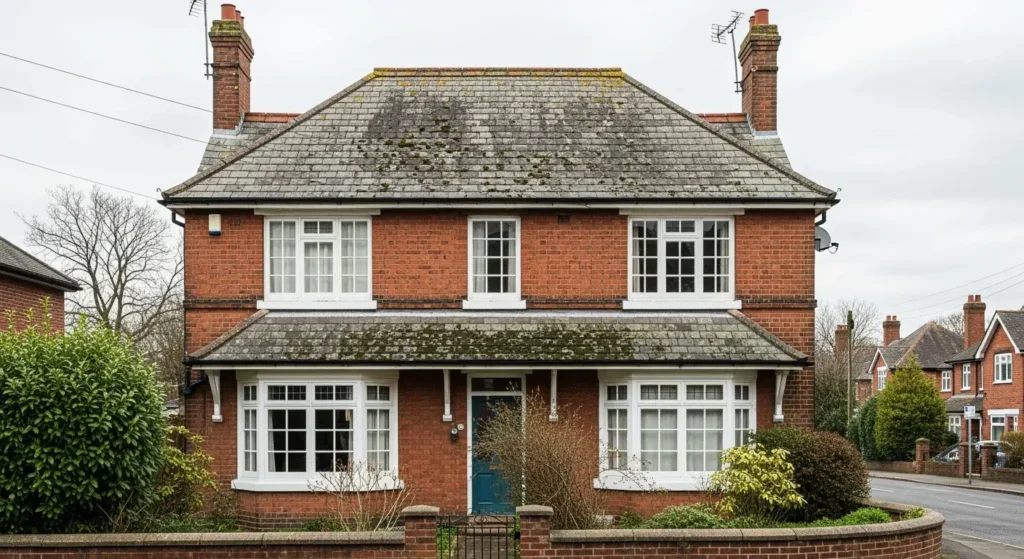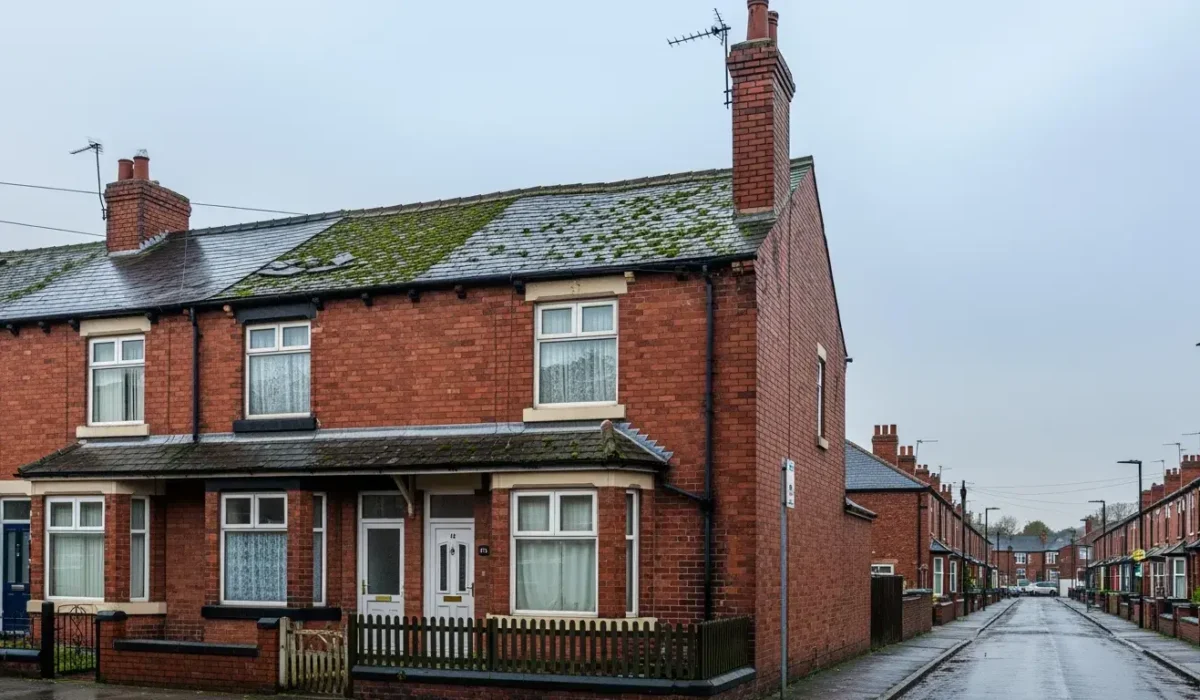The Lifespan of Your Roof: How Long Should It Really Last?
Every homeowner wants to know one thing: how long will my roof last? The answer isn’t simple, as it depends on a combination of materials, workmanship, and the specific challenges of your local climate. In Manchester, where we see our fair share of rain, wind, and temperature fluctuations, these factors are even more critical.
Lifespan of Common Roofing Materials
The material you choose is the single biggest factor in your roof’s longevity. Here’s a look at the typical lifespans for some of the most common materials found on UK roofs:
-
Natural Slate: Known for its incredible durability, a natural slate roof can last anywhere from 75 to over 150 years. It’s a premium, long-term investment that often outlasts the building it protects. Its low water absorption makes it ideal for Manchester’s damp climate.
-
Clay Tiles: A popular and traditional choice, clay tiles can last between 50 to 100 years or more with proper care. They are resistant to fire, rot, and insects, making them a robust option for the UK’s weather.
-
Concrete Tiles: A more affordable and versatile alternative to clay, concrete tiles typically have a lifespan of 30 to 50 years. While durable, they can become more porous over time, which is why regular maintenance is important.
-
Metal Roofing: Modern metal roofs, made from materials like steel, zinc, or copper, are becoming increasingly popular. Their lifespan ranges from 40 to over 70 years, depending on the type and coating. They are highly resistant to wind and fire.
-
Flat Roofing (Felt & GRP): Flat roofs have a shorter lifespan. Traditional felt roofs often last 10 to 20 years. However, newer, high-performance systems like GRP fibreglass or EPDM rubber can extend this to 25-50 years with correct installation and maintenance.
Factors That Impact Your Roof’s Lifespan
While materials set a baseline, other elements can either extend or drastically shorten your roof’s life.
-
Installation Quality: A roof is only as good as its installation. Poor workmanship can lead to problems from day one. Mistakes like improper flashing, inadequate ventilation, or incorrectly laid tiles can cause leaks and premature failure, regardless of how high-quality the materials are.
-
Maintenance & Inspections: This is one of the most overlooked factors. Regular roof maintenance can significantly extend a roof’s life. Simple tasks like clearing gutters, removing moss, and addressing a cracked tile promptly can prevent minor issues from becoming major, costly repairs. We recommend a professional inspection at least once every two years.
-
Manchester’s Weather: Our local climate presents unique challenges. Heavy rainfall can test a roof’s drainage system and integrity, while temperature fluctuations and freeze-thaw cycles can cause materials to expand, contract, and crack over time. A roof’s pitch and design also affect how well it sheds water, which is a major factor in its longevity.
-
Ventilation: In a damp climate like Manchester’s, proper roof ventilation is non-negotiable. Without it, moisture and heat can get trapped in the loft, leading to condensation, rot, and mould. This silently damages your roof from the inside out and can cut its lifespan by years.

Investing in Longevity
While a low quote may be tempting, it’s crucial to consider the long-term cost. A cheap roof installed with inferior materials will likely need to be replaced much sooner, negating any initial savings.
Investing in quality materials and a reputable, experienced roofer is the best way to ensure your roof provides lasting protection for your home. At Lords Roofing, we focus on durability and quality, not just a quick fix, to give our Manchester customers a roof that’s built to last.


